 A Brief History of Bloomsbury
A Brief History of Bloomsbury
In the beginning
Bloomsbury is part of the borough of Camden which extends from Holborn to Euston Road. The biggest part of its the history began in the early 18th century when a rich and powerful family - the Russells -owned the land. Previously, Bloomsbury was a rural area shared between the old monarchy and, after their dissolution in 1649, the Earl of Southampton heirs.
The 3rd Duke of Bedford, Wriothesley Russell, acquired the land and started to accelerate the economic activity of Bloomsbury with the creation of the Bloomsbury market in 1730. In 1800, Francis Russell, the 5th Duke of Bedford built Russell Square, the main focus and centrepiece of his project. In the 18th century, piece by piece, the land become a residential area and many houses were constructed around the Square. The Russell family created a flourishing real estate empire in Camden borough.However there is a lot more to Bloomsbury than that.
There are a large range of different and prestigious institutions based here. The square is connected in different ways to culture, art, education and medicine. During the last two centuries, Bloomsbury welcomed a health care institution, thousands of students at more than 15 schools, college and universities and also a centre for culture and art with the establishment in 1753 of the British Museum.
Every night and day in Bloomsbury, musicians and artists gather around the square and surrounding streets, singing and celebrating with their friends. One very famous artistic group was located close to Fitzrovia Square and led by the well-known Virginia Woolf. The Bloomsbury group 'recruited' bohemians, writers, painters, economist and intellectuals and met in the many diverse pubs and restaurants in the area.
Today, Bloomsbury is a residential area where new shops, pubs and restaurant live next to the old ones, allowing us to discover a part of the history of this borough which everyone should get on their London trip planner.
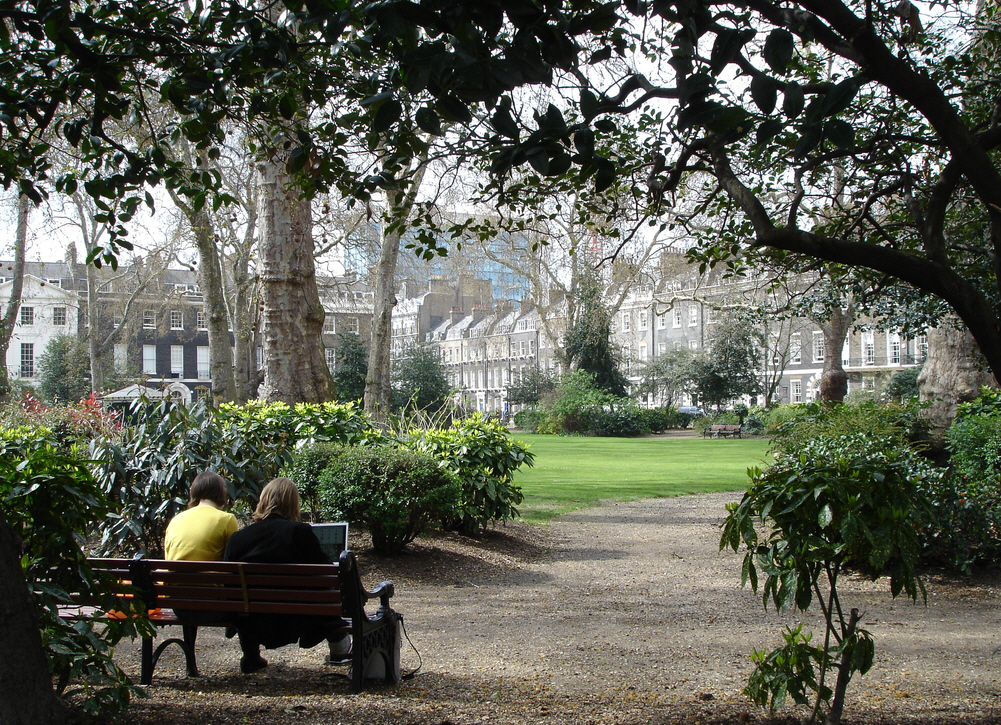
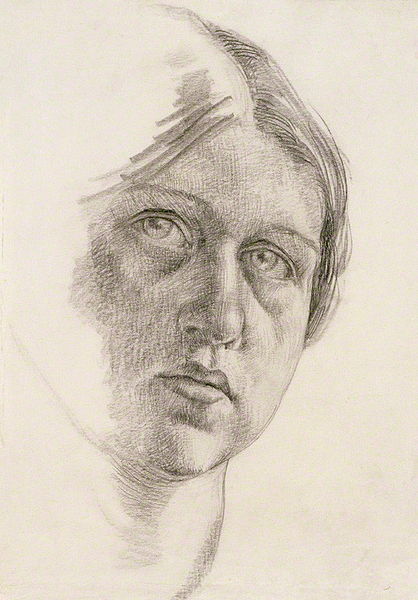
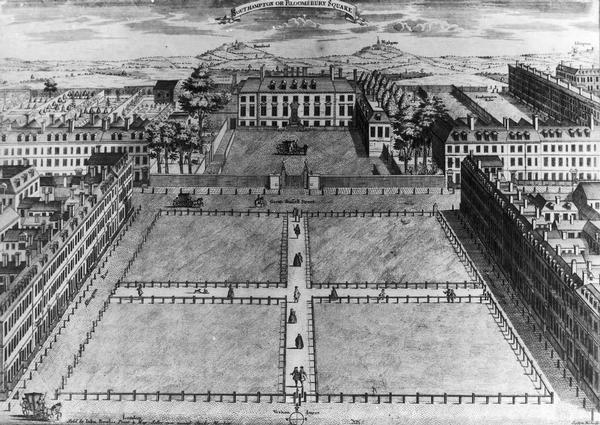
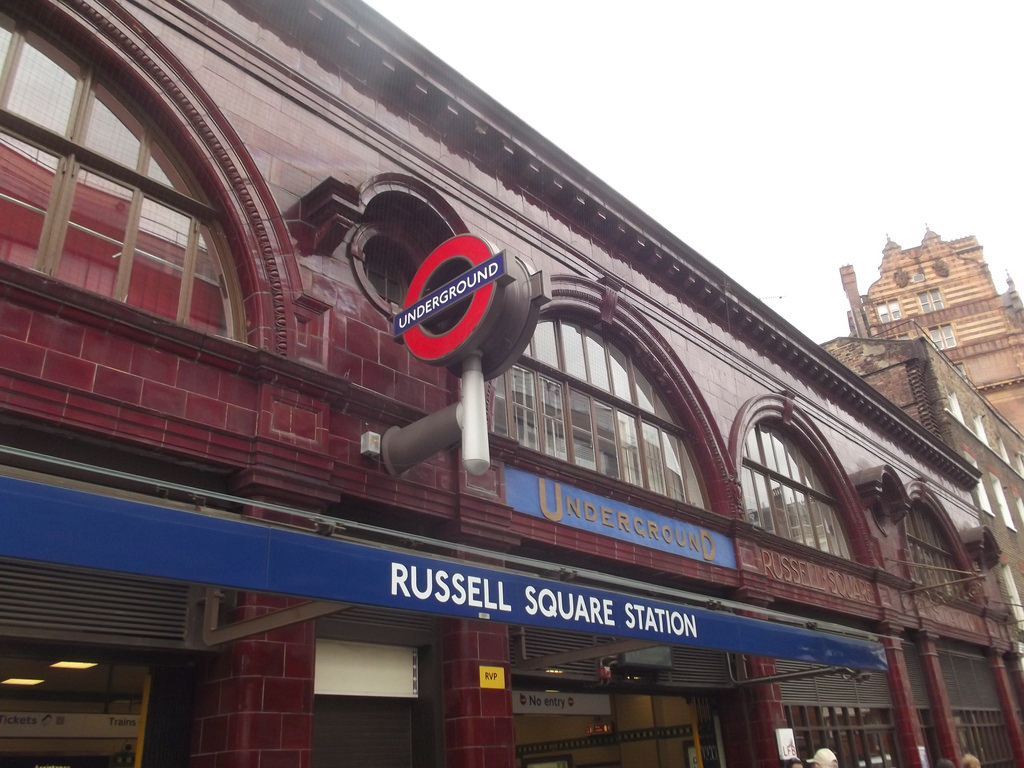
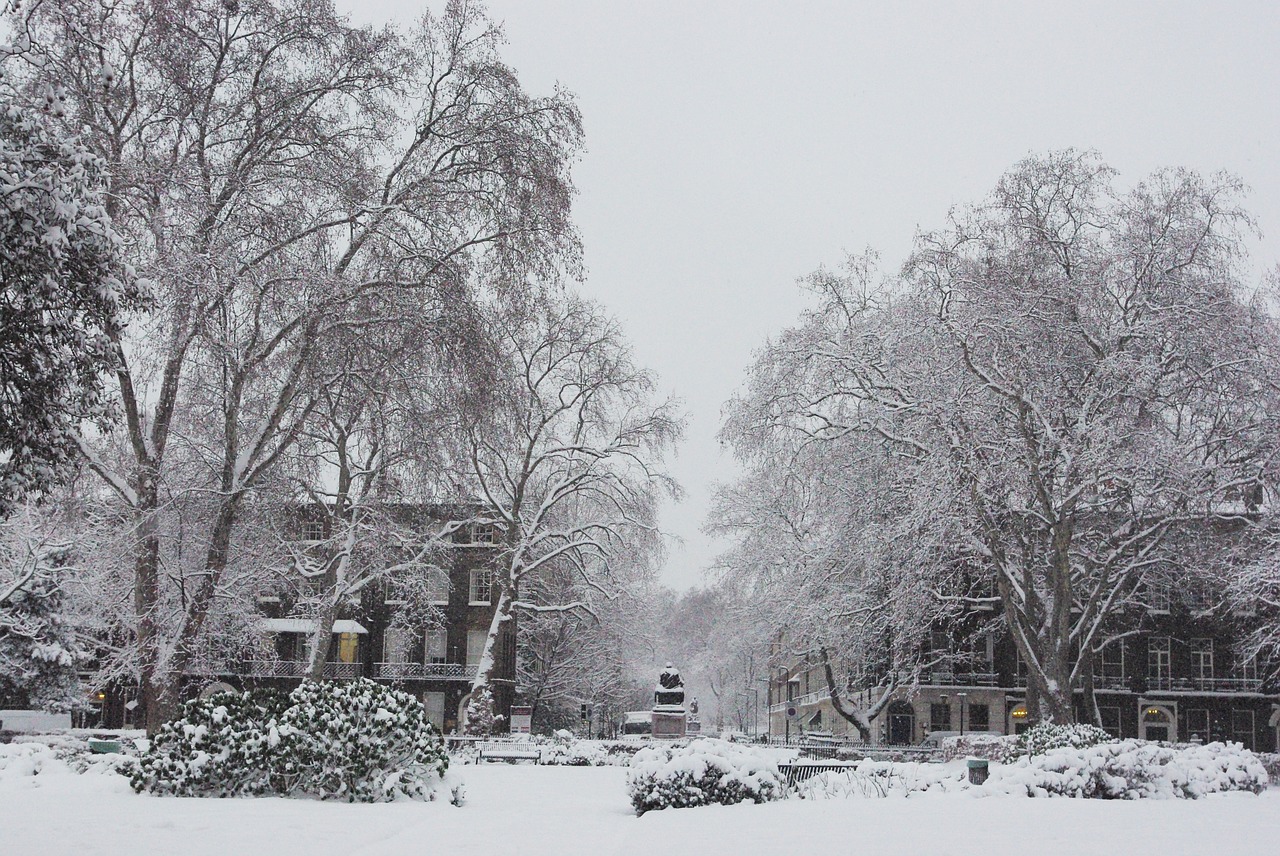
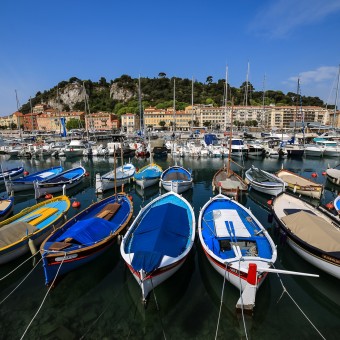
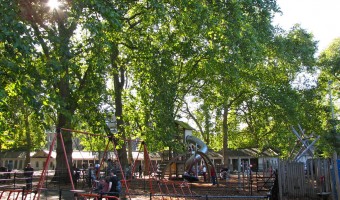
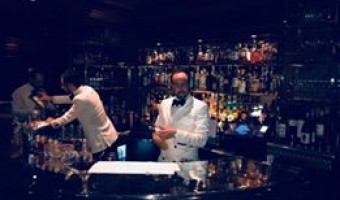
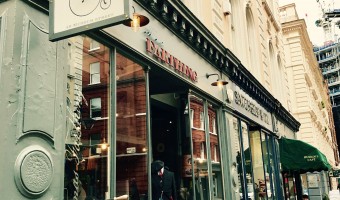
 Load more triptoids
Load more triptoids